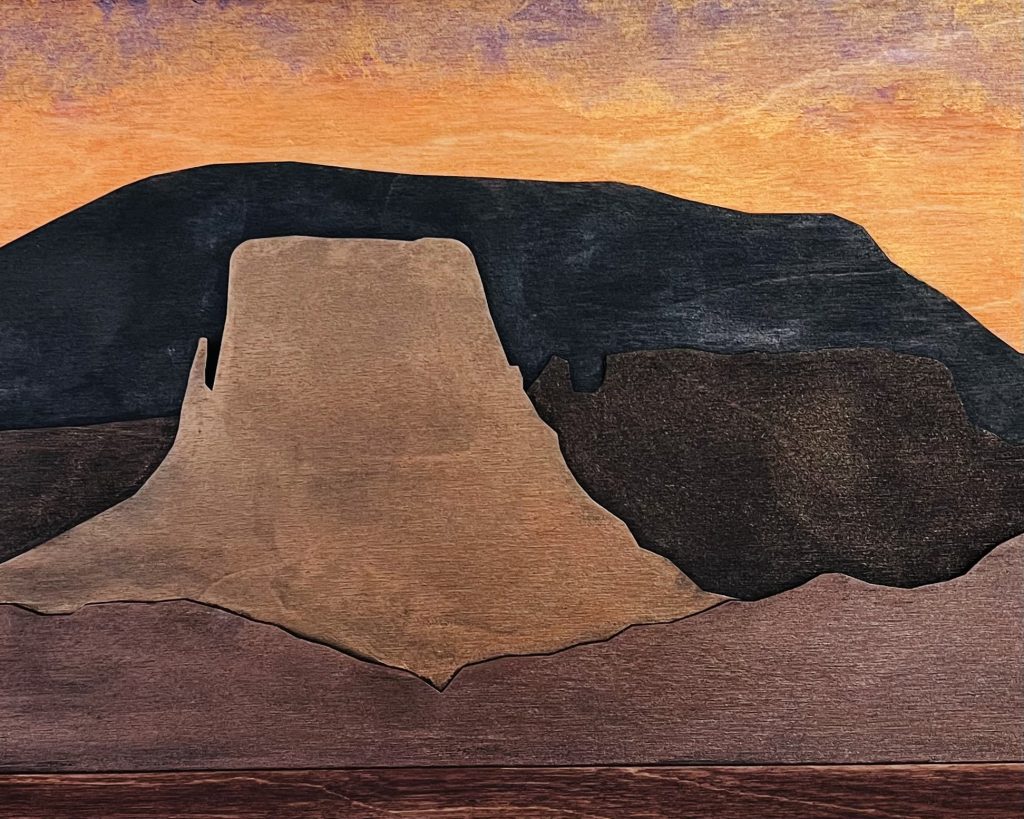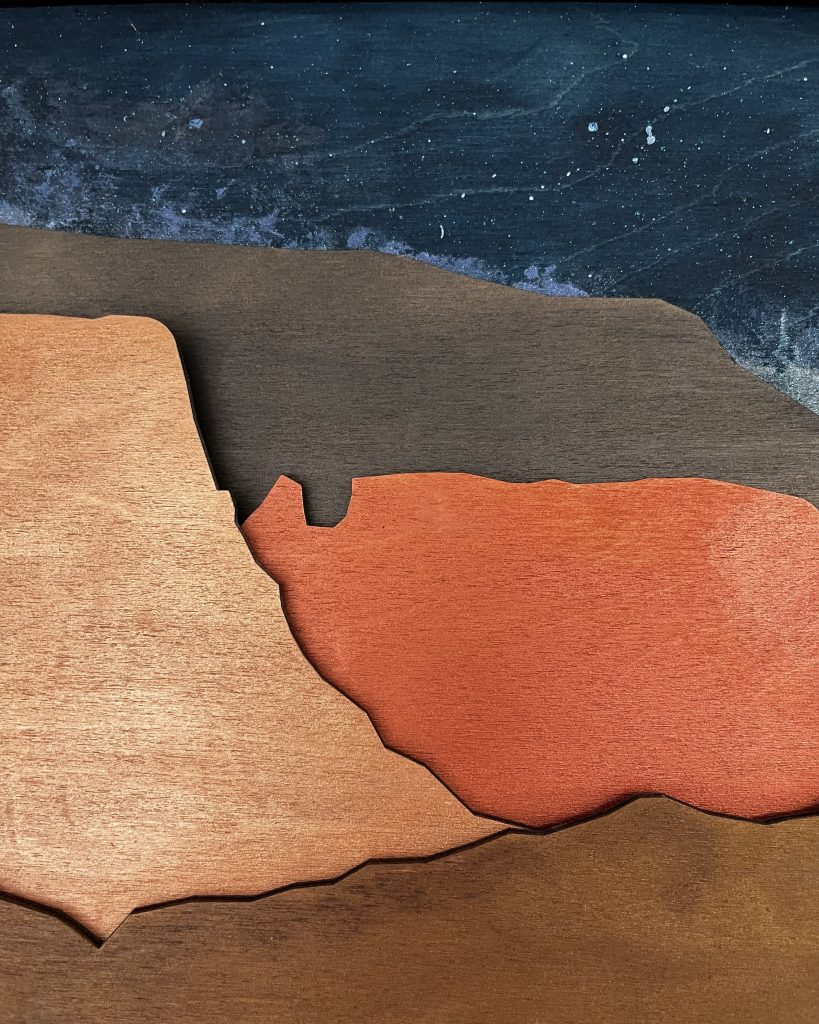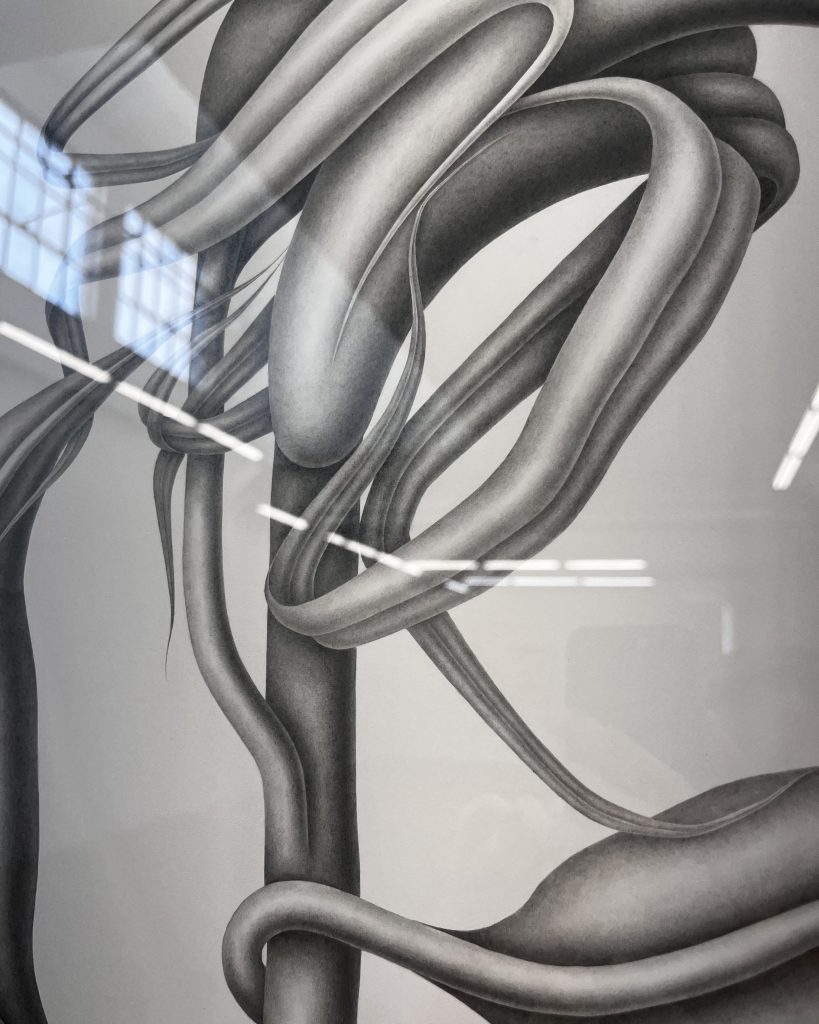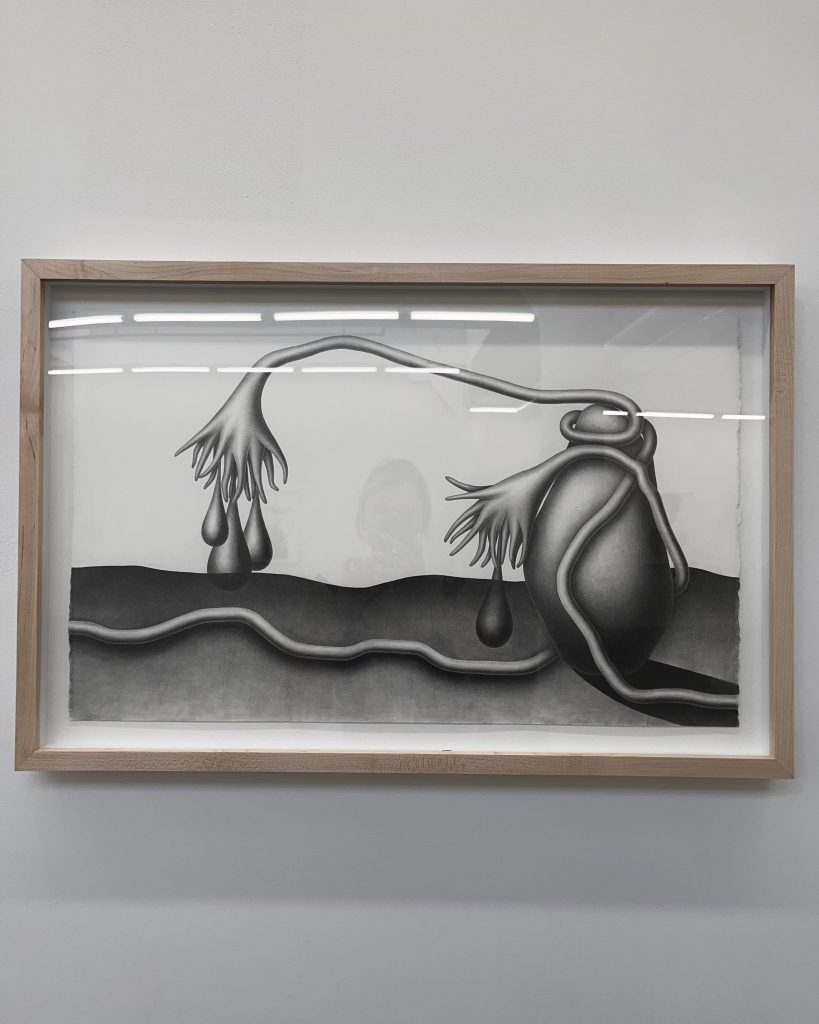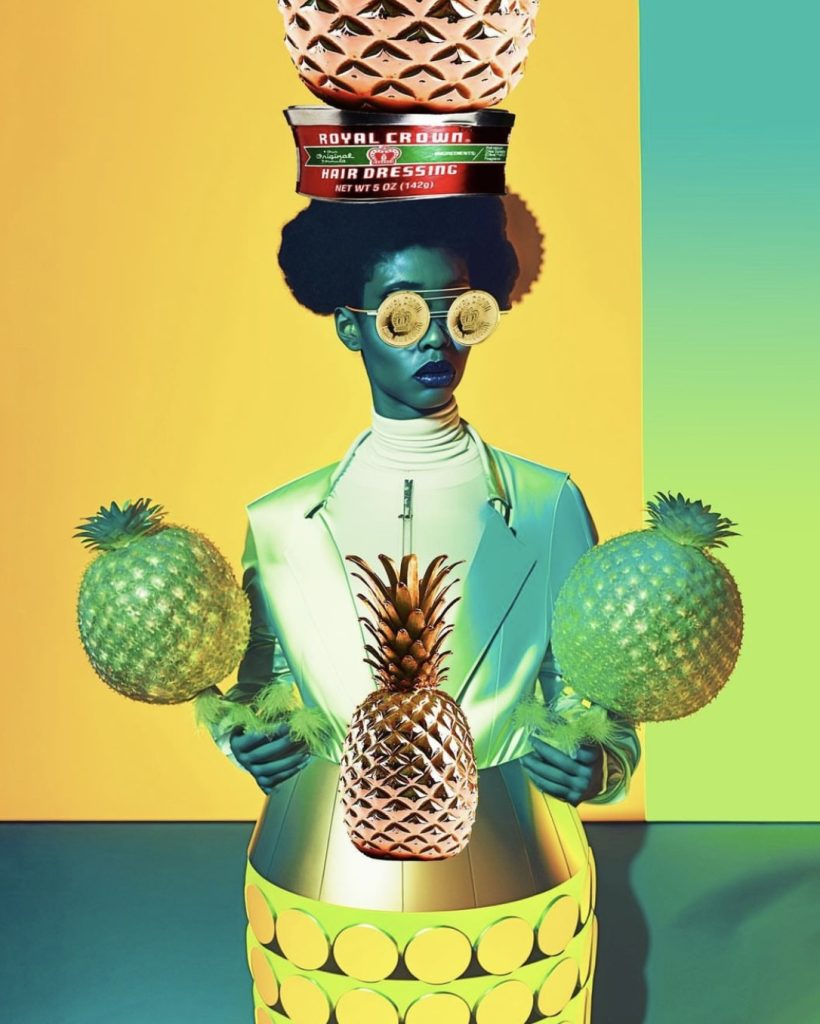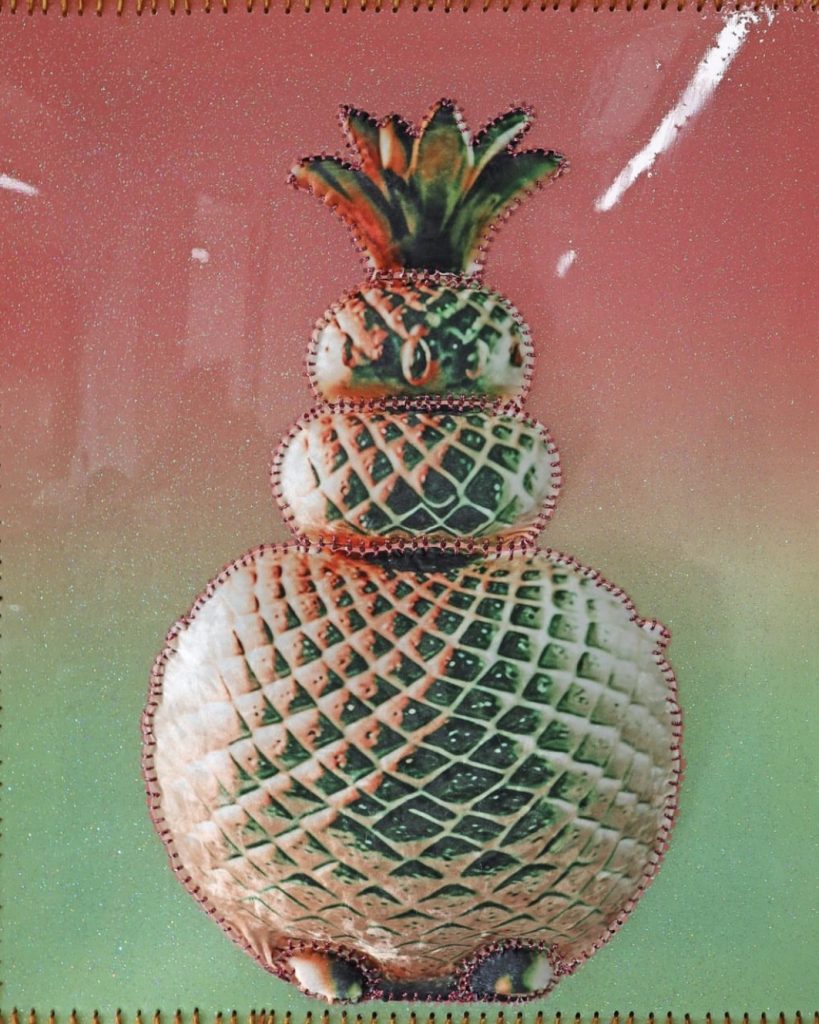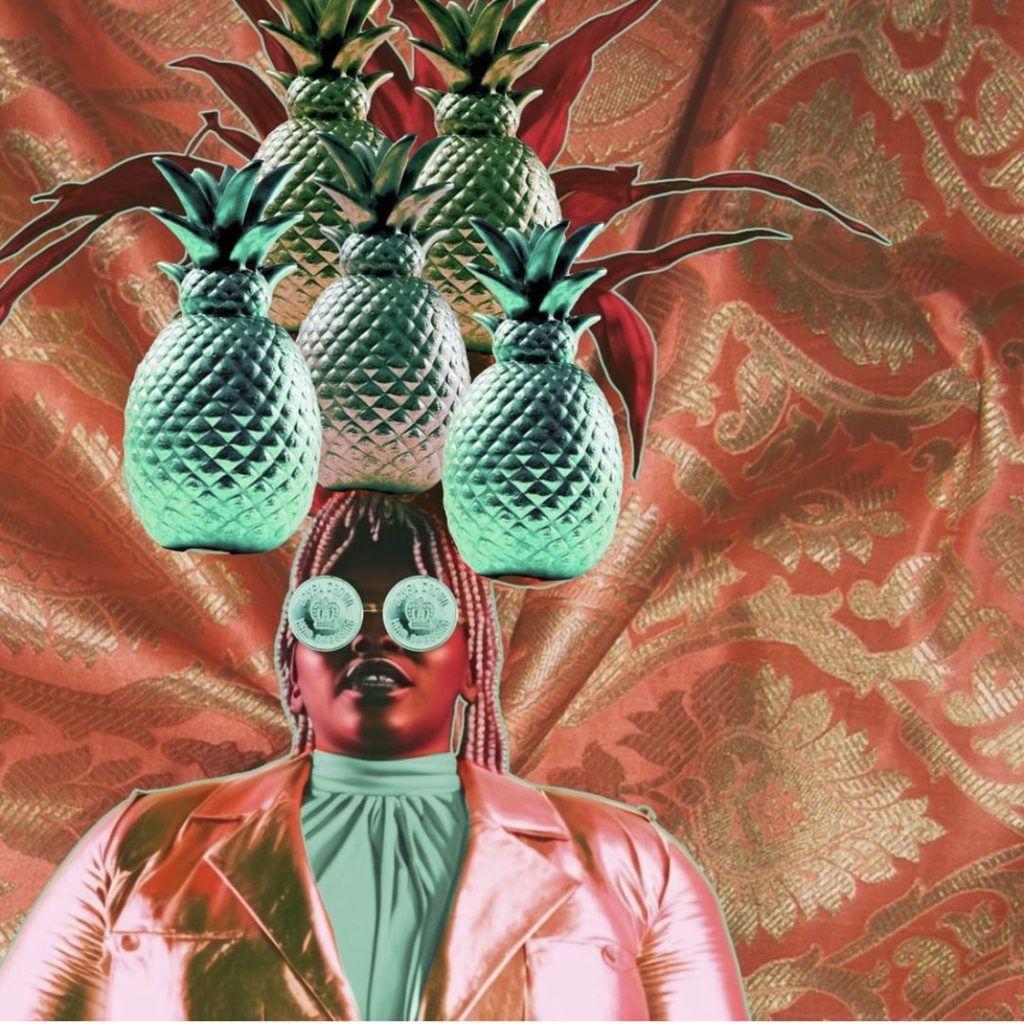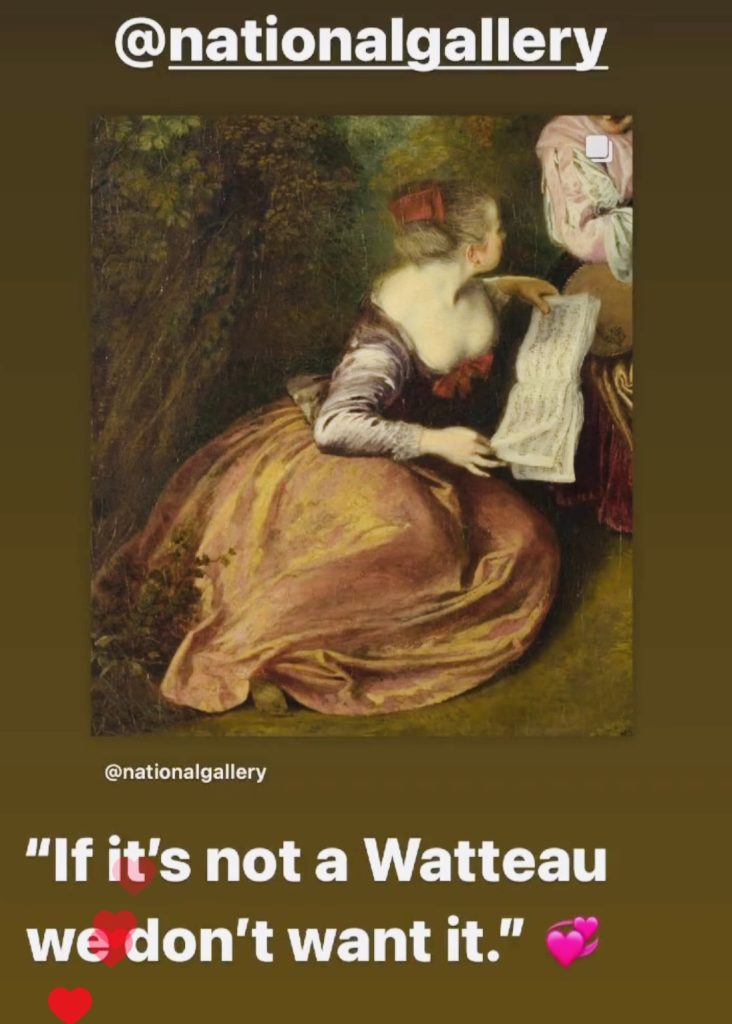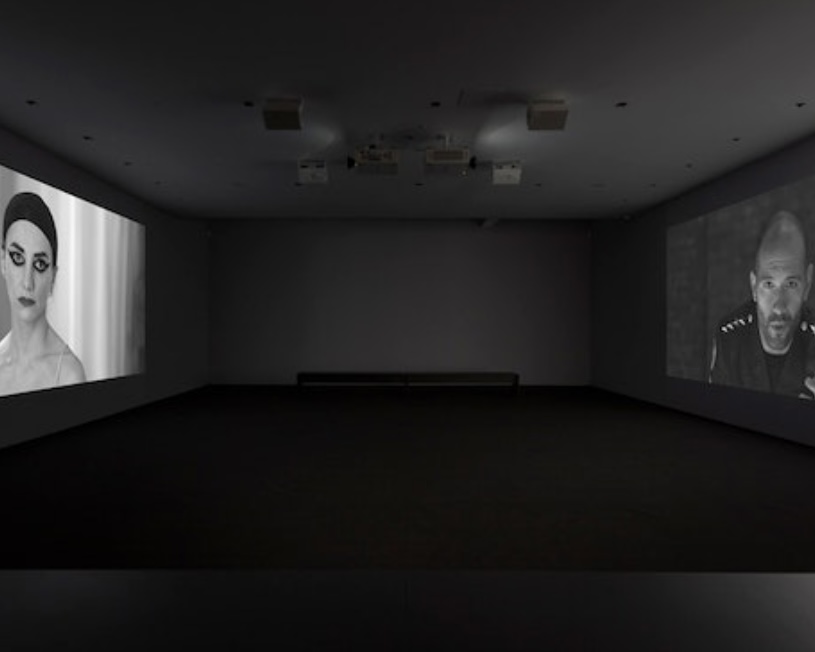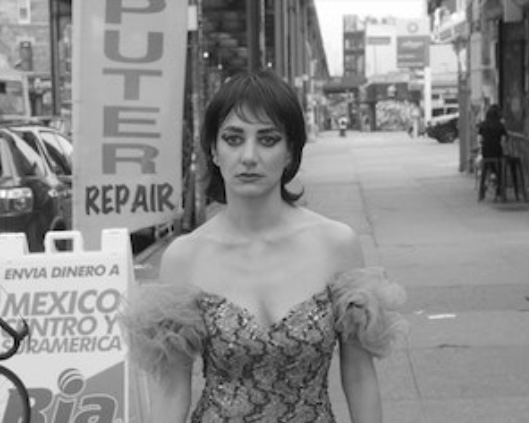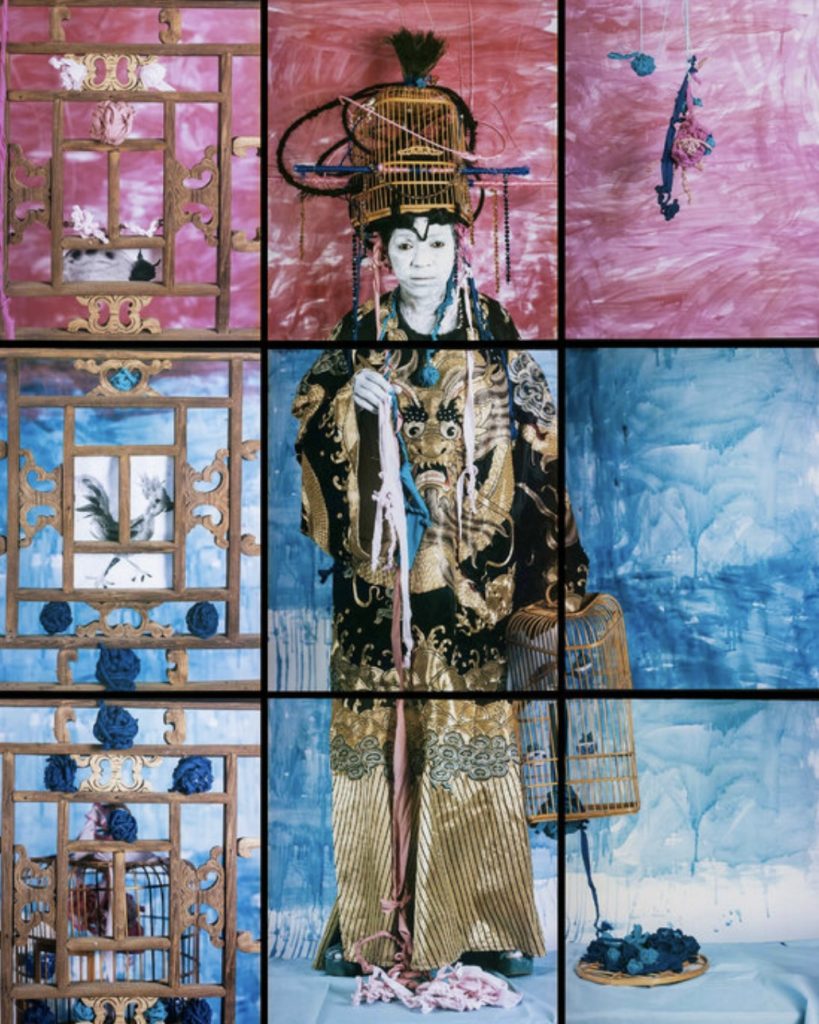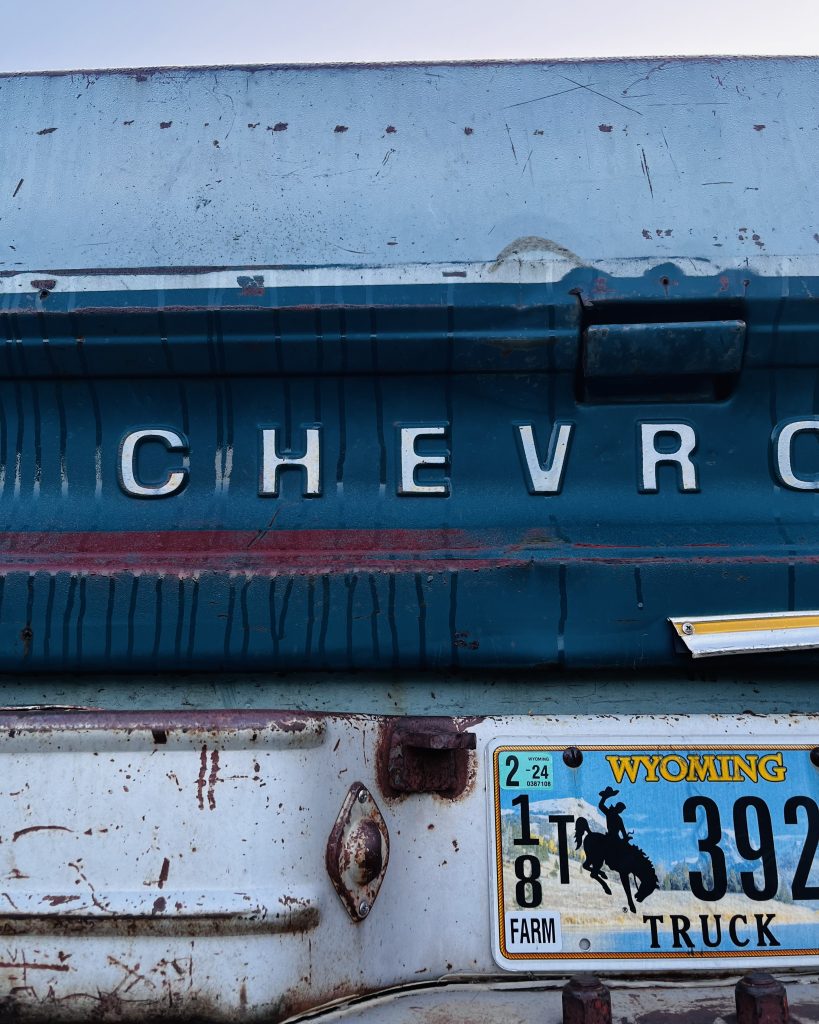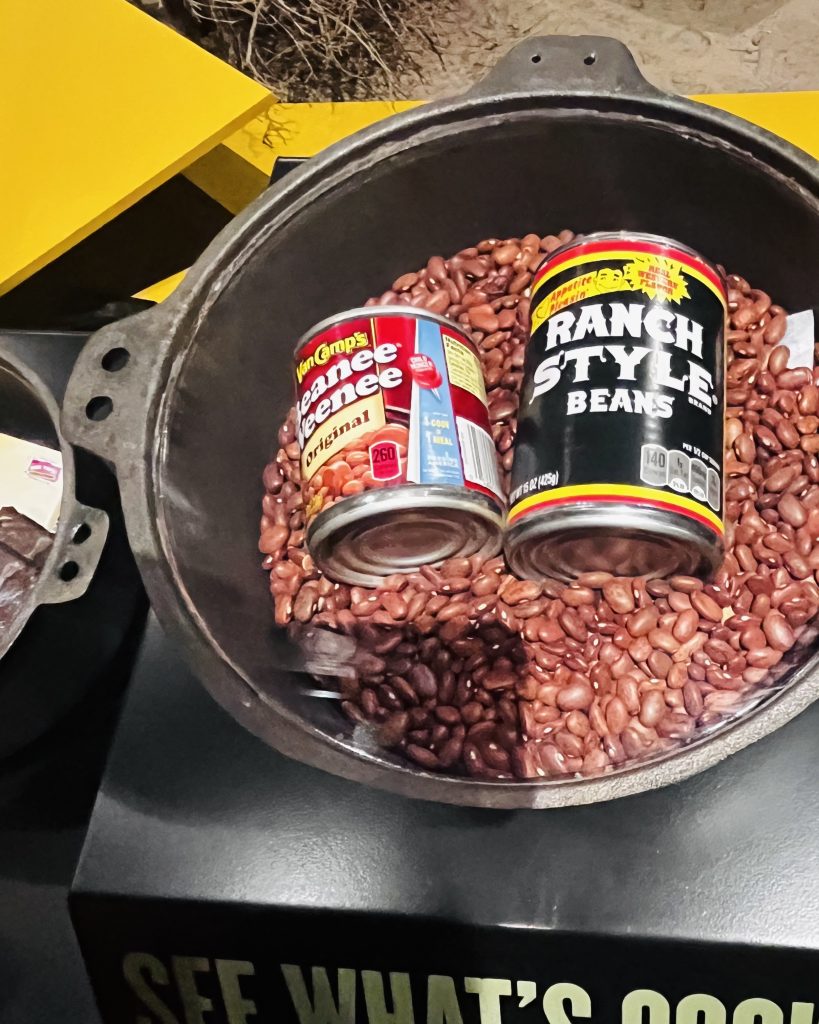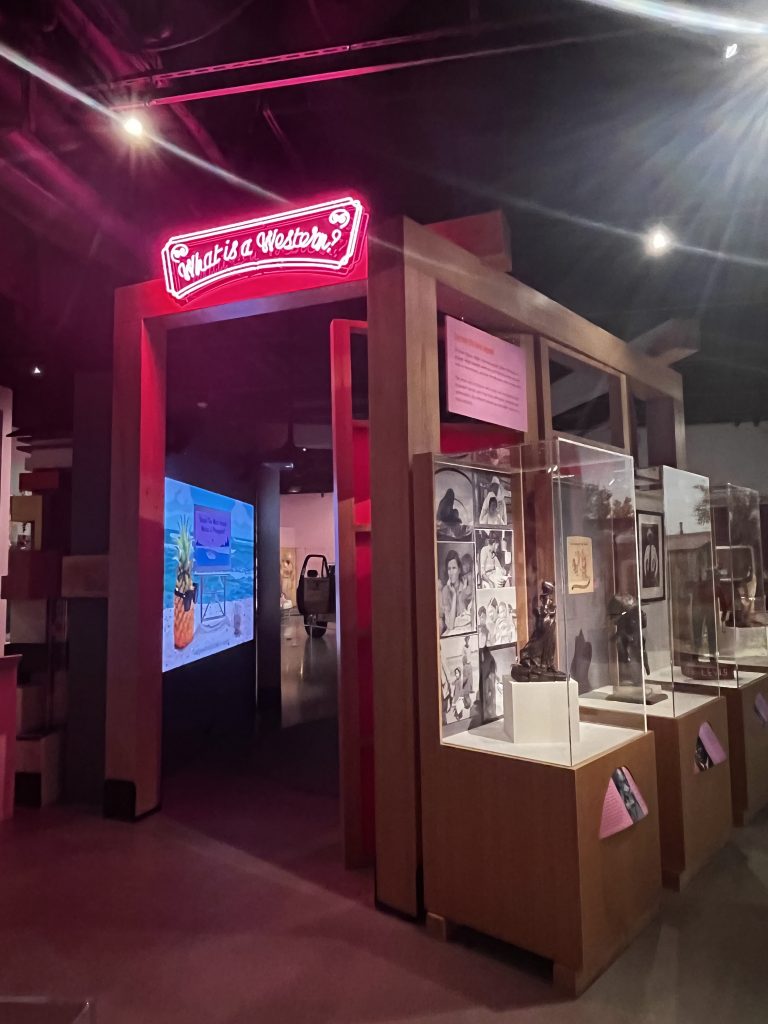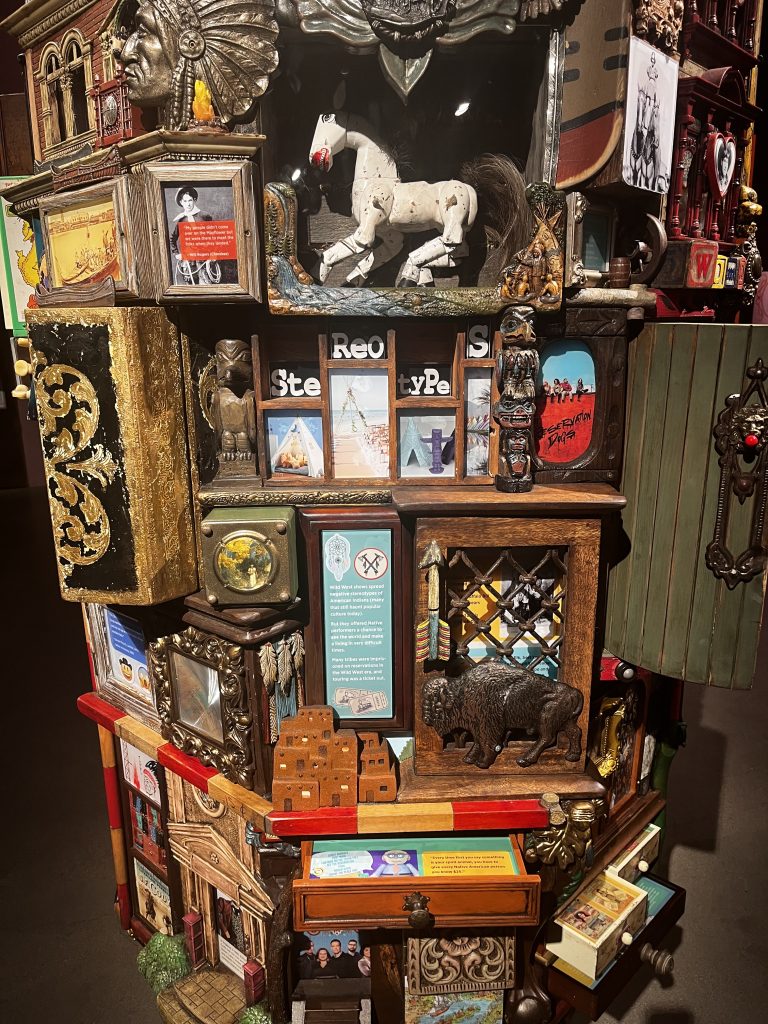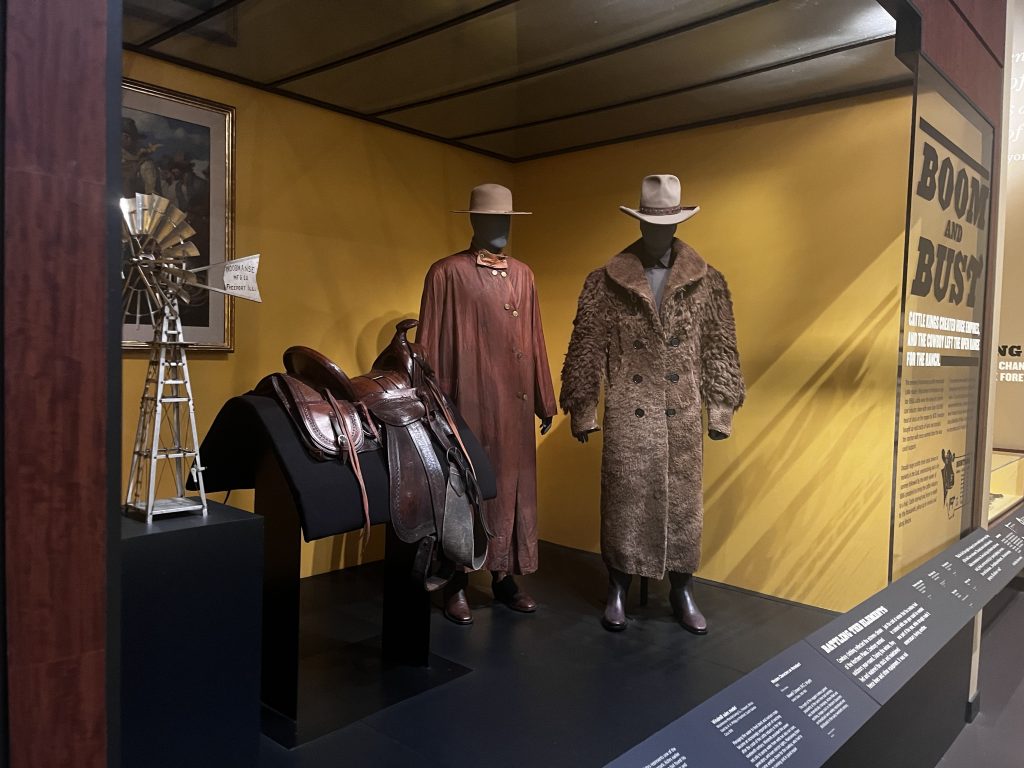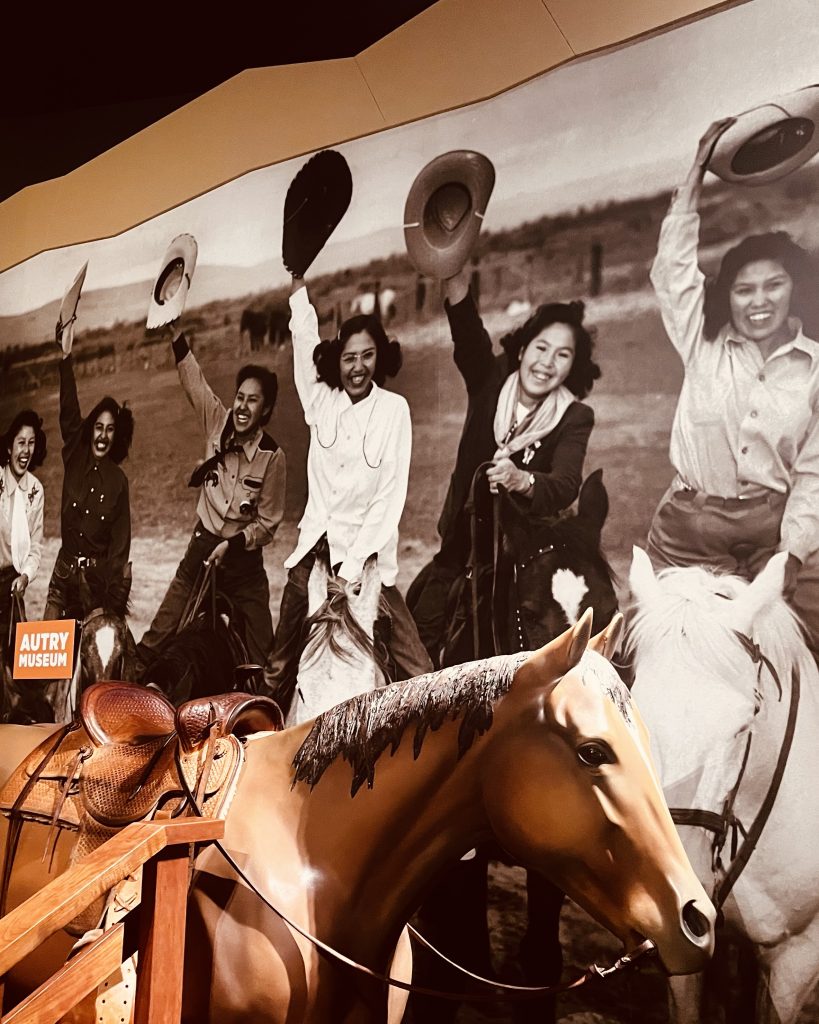Bull market? Ride the ride, live what suits you, buy what you want, and love is where you find it. Sometimes in an artwork.
First, second, third – a kiss before you go!
Christie’s 20th/21st Century: London Evening Sale brought a total of forty-four million, six hundred ninety-one thousand, four hundred twenty British pounds, and the art market is crazy. As crazy as the people who invest and buy and love the adrenaline and especially auctions, because of its pace, its power. So it’s all about a beautiful craziness.
Art is worth as much as someone is willing to pay for it.
Get a coffee, a coke, a cookie, in the supermarket, a restaurant, a luxury hotel. Same, but different prices.
Someone is going for the Maserati, someone else for the Ferrari, and there are people out there, I’m absolutely sure about that, who will prefer a completely different car, even if the price would be super-low, for the two Italians.
„Is important art downgraded by populism and upgraded by exclusivity?“ someone with a hundred and twenty-nine thousand followers asked today on Instagram.
Interesting question.
Art is not science, at least not in an auction.
Art is enrichment, and the art market mostly does not align with all the other markets that exist. A reason why people not familiar with the huge amount of money spent on art understand it even less because everything else is currently settling below average, and millions are paid for art.
In a past Sotheby’s auction, during a simultaneous live chat on YouTube, someone was very surprised about a Rothko painting that was around forty-four million expensive. The response was, „This is not science, but an art auction.“ And this is what it is!
Envy makes us unhappy, as Jerry Saltz once wrote. And from the bottom of my heart, I also think that we should enjoy this wonderful spectacle. I love it! Have you ever watched a live auction at the auction house? It’s an experience! It’s about enjoyment, love, history, and the spirit of the times. Zeitgeist! Buyers and observers both caught between emotion and rationality.
And now, on to today’s rarities:
The Christie’s auction started with a painting by Alvaro Barrington, the London-based, Venezuela born, artist. A kind of sunset over the sea, following the motto: „Light is Power! Color is Joy!“ with the word „Welcome“ written over it in colorful letters. This piece in the middle of the estimated range at sixty-three thousand British pounds, falling within the expected fifty thousand – seventy thousand British pounds.
Lot 2 exceeded expectations with two hundred twenty-six thousand, eight hundred British pounds. „Polyanna Wrestlers“ by Jenna Gribbon had been estimated at eighty thousand – one hundred twenty thousand British pounds.
Similarly, Lot 3, Pam Evelyn’s „Worked on Earth,“ significantly exceeded the estimated maximum value of fifty thousand British pounds, selling for one hundred thirteen thousand, four hundred British pounds.
Honor Titus, a thirty-four-year-old artist living in California, Los Angeles, also surpassed expectations with his painting of a Black tennis player playing the ball over a creative painted kind of a net.
Sarah Longe’s Party Scene reached nearly three times the upper estimate, selling for one hundred seventy-six thousand, four hundred British pounds instead of the expected forty thousand – sixty thousand British pounds.
One of my favorite paintings, „Il giorno di lampi la sera verranno le stelle,“ a super colorful, joyful artwork by Salvo, 1947-2015, reached an impressive six hundred ninety-three thousand British pounds, more than five times the upper estimate.
The auction progressed quite satisfactorily until Lot 10, which didn’t find a buyer: Yinka Shonibare’s „Flower Girl.“
Basquiat, estimated between nine – twelve million British pounds, sold for just over ten million British pounds. And the collaborative work of this artist and Andy Warhol sold for one million, six hundred thousand British pounds. Andy Warhol is a strong presence in the market. His work „Golden Nude“ went for double the expected maximum value, while „Diamond Dust Shoes“ remained unsold.
Surprisingly, Yayoi Kusama’s „Flame“ and Lucio Fontana’s „Concetto spaziale, Attesa,“ with a delicate slit on a white canvas, remained unsold, too.
A painting by Amoako Boafo, born in 1984, a Black artist currently exhibiting at the Denver Art Museum in Colorado, previously at the SAM (Seattle Art Museum in Washington state), titled „Soul of Black Folks,“ was sold closer to the lower estimate. Cy Twombly’s „Untitled“ (Lot 35) fell well below expectations, and Mark Bradford, represented by the mega-gallery Hauser & Wirth, also fell just short of expectations. Lucien Freud (1922-2011), on the other hand, slightly exceeded expectations with a self-portrait. Georg Condo’s bluish work, „In the Brothel,“ exceeded expectations, too. It’s Georgy’s girls, and it is his time!
Regarding the paintings presented in this auction, it can be said that the younger contemporary artists generally fetched more than expected, often doubling, sometimes tripling, or even quadrupling the estimates. In contrast, bidders were more cautious when purchasing the established and high-priced stars of the modern art generation, or earlier and older contemporaries.
It was fun and it is about – something.
Art has a soul.
Art carries a message.
Art is the sweetest escape of all.
Maybe. Because art can be wonderfully elevated and tenderly close. Grounded as well. All of this can be found in painting, photography, sculpture, or in your own – and the life of the others art of life.
